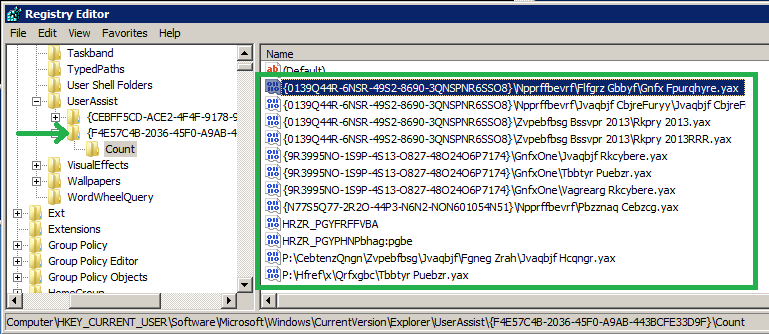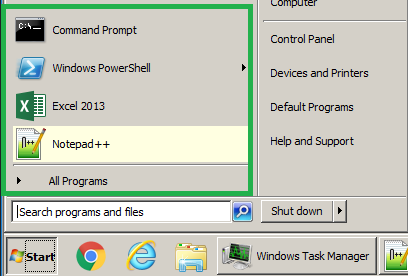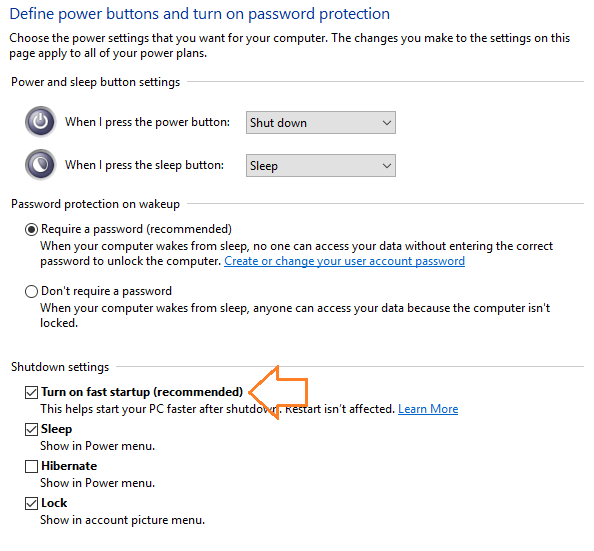
Manage Windows Update via a script.
@echo off
set sysPath=C:\Windows\system32
:: STOP SERVICE
%sysPath%\net stop wuauserv
:: REMOVE KEYS
%sysPath%\reg DELETE “HKLM\Software\Microsoft\Windows\CurrentVersion\WindowsUpdate\Auto Update” /v “LastWaitTimeout” /reg:64 /f
%sysPath%\reg DELETE “HKLM\Software\Microsoft\Windows\CurrentVersion\WindowsUpdate\Auto Update” /v “DetectionStartTime” /reg:64 /f
%sysPath%\reg DELETE “HKLM\Software\Microsoft\Windows\CurrentVersion\WindowsUpdate\Auto Update” /v “NextDetectionTime” /reg:64 /f
:: ADD REG KEYS
:: AUTO UPDATE IS ENABLED
%sysPath%\reg ADD “HKLM\SOFTWARE\Policies\Microsoft\Windows\WindowsUpdate\AU” /v “NoAutoUpdate” /t REG_DWORD /d “0” /reg:64 /f
:: DOWNLOAD AND INSTALL
%sysPath%\reg ADD “HKLM\SOFTWARE\Policies\Microsoft\Windows\WindowsUpdate\AU” /v “AUOptions” /t REG_DWORD /d “3” /reg:64 /f
:: 0 IS SET TO EVERY DAY
:: but we could schedule time and day
%sysPath%\reg ADD “HKLM\SOFTWARE\Policies\Microsoft\Windows\WindowsUpdate\AU” /v “ScheduledInstallDay” /t REG_DWORD /d “0” /reg:64 /f
:: ADD 2400 TIME HERE BY HOUR
%sysPath%\reg ADD “HKLM\SOFTWARE\Policies\Microsoft\Windows\WindowsUpdate\AU” /v “ScheduledInstallTime” /t REG_DWORD /d “19” /reg:64 /f
:: USE AUTO REBOOT WHILE LOGGED IN
%sysPath%\reg ADD “HKLM\SOFTWARE\Policies\Microsoft\Windows\WindowsUpdate\AU” /v “NoAutoRebootWithLoggedOnUsers” /t REG_DWORD /d “0” /reg:64 /f
:: YES INSTALL MINOR UPDATES
%sysPath%\reg ADD “HKLM\SOFTWARE\Policies\Microsoft\Windows\WindowsUpdate\AU” /v “AutoInstallMinorUpdates” /t REG_DWORD /d “1” /reg:64 /f
:: PROMPT FOR REBOOT IS ENABLED AND SET FOR 60 MINUTES – WARN USER EVERY HOUR
%sysPath%\reg ADD “HKLM\SOFTWARE\Policies\Microsoft\Windows\WindowsUpdate\AU” /v “RebootRelaunchTimeoutEnabled” /t REG_DWORD /d “00000001” /reg:64 /f
%sysPath%\reg ADD “HKLM\SOFTWARE\Policies\Microsoft\Windows\WindowsUpdate\AU” /v “RebootRelaunchTimeout” /t REG_DWORD /d “60” /reg:64 /f
:: FOR A SCHEDULED INSTALL, RETRY A MISSED INSTALL EVERY 15 MINUTES
%sysPath%\reg ADD “HKLM\SOFTWARE\Policies\Microsoft\Windows\WindowsUpdate\AU” /v “RescheduleWaitTimeEnabled” /t REG_DWORD /d “00000001” /reg:64 /f
%sysPath%\reg ADD “HKLM\SOFTWARE\Policies\Microsoft\Windows\WindowsUpdate\AU” /v “RescheduleWaitTime” /t REG_DWORD /d “15” /reg:64 /f
:: CHECK FOR UPDATES EVERY 22 HOURS – WHICH IS THE DEFAULT IF ENABLED
%sysPath%\reg ADD “HKLM\SOFTWARE\Policies\Microsoft\Windows\WindowsUpdate\AU” /v “DetectionFrequencyEnabled” /t REG_DWORD /d “1” /reg:64 /f
:: FOR A SCHEDULED REBOOT, IT IS ENABLED AND SET FOR 8 HOURS TO WAIT BEFORE PROCEEDING WITH A SCHEDULED RESTART
%sysPath%\reg ADD “HKLM\SOFTWARE\Policies\Microsoft\Windows\WindowsUpdate\AU” /v “RebootWarningTimeoutEnabled” /t REG_DWORD /d “1” /reg:64 /f
%sysPath%\reg ADD “HKLM\SOFTWARE\Policies\Microsoft\Windows\WindowsUpdate\AU” /v “RebootWarningTimeout” /t REG_DWORD /d “480” /reg:64 /f
:: USE WSUS IS DISABLED
%sysPath%\reg ADD “HKLM\SOFTWARE\Policies\Microsoft\Windows\WindowsUpdate\AU” /v “UseWUServer” /t REG_DWORD /d “0” /reg:64 /f
:: ALLOW SHUTDOWN IS ENABLED
%sysPath%\reg ADD “HKLM\SOFTWARE\Policies\Microsoft\Windows\WindowsUpdate\AU” /v “NoAUShutdownOption” /t REG_DWORD /d “0” /reg:64 /f
:: REGISTER COMPONENTS
%sysPath%\regsvr32 wuaueng.dll /s
%sysPath%\regsvr32 wuauserv.dll /s
%sysPath%\regsvr32 wucltui.dll /s
%sysPath%\regsvr32 wups.dll /s
%sysPath%\regsvr32 wuweb.dll /s
%sysPath%\regsvr32 iuengine.dll /s
%sysPath%\wuauclt /resetauthorization /detectnow
:: START SERVICE
%sysPath%\net start wuauserv
%sysPath%\wuauclt /ReportNow /DetectNow
:: %sysPath%\wuauclt /UpdateNow
:: not used
::%sysPath%\wuauclt /ShowWU
::NOTES
::NoAutoUpdate: Reg_DWORD
:: 0: Automatic Updates is enabled
:: 1: Automatic Updates is disabled
:: AUOptions: Reg_DWORD
:: 1: Keep my computer up to date has been disabled in Automatic Updates
:: 2: Notify of download and installation
:: 3: Automatically download and notify of installation
:: 4: Automatically download and scheduled installation
:: ScheduledInstallDay: Reg_DWORD
:: 0: Every day
:: 1 through 7: The days of the week from Sunday (1) to Saturday (7)
:: ScheduledInstallTime: Reg_DWORD
:: n equals the time of day in a 24-hour format (0-23).
:: UseWUServer: Reg_DWORD
:: 0 = disabled
:: 1 = enable, to configure a WSUS
:: RescheduleWaitTime: Reg_DWORD
:: 1-60 minutes wait time
:: NoAutoRebootWithLoggedOnUsers: Reg_DWORD
:: 0 = true
:: 1 = false
:: AutoInstallMinorUpdates: Reg_DWORD
:: 0 = false
:: 1 = true



